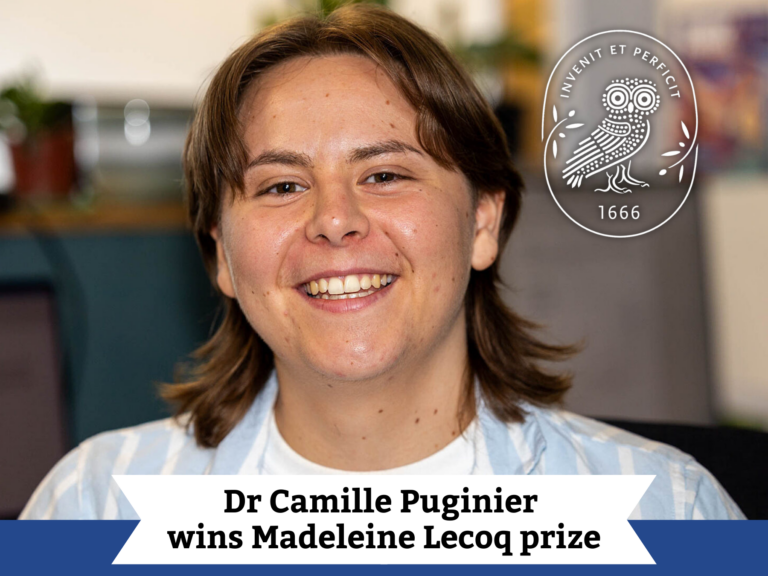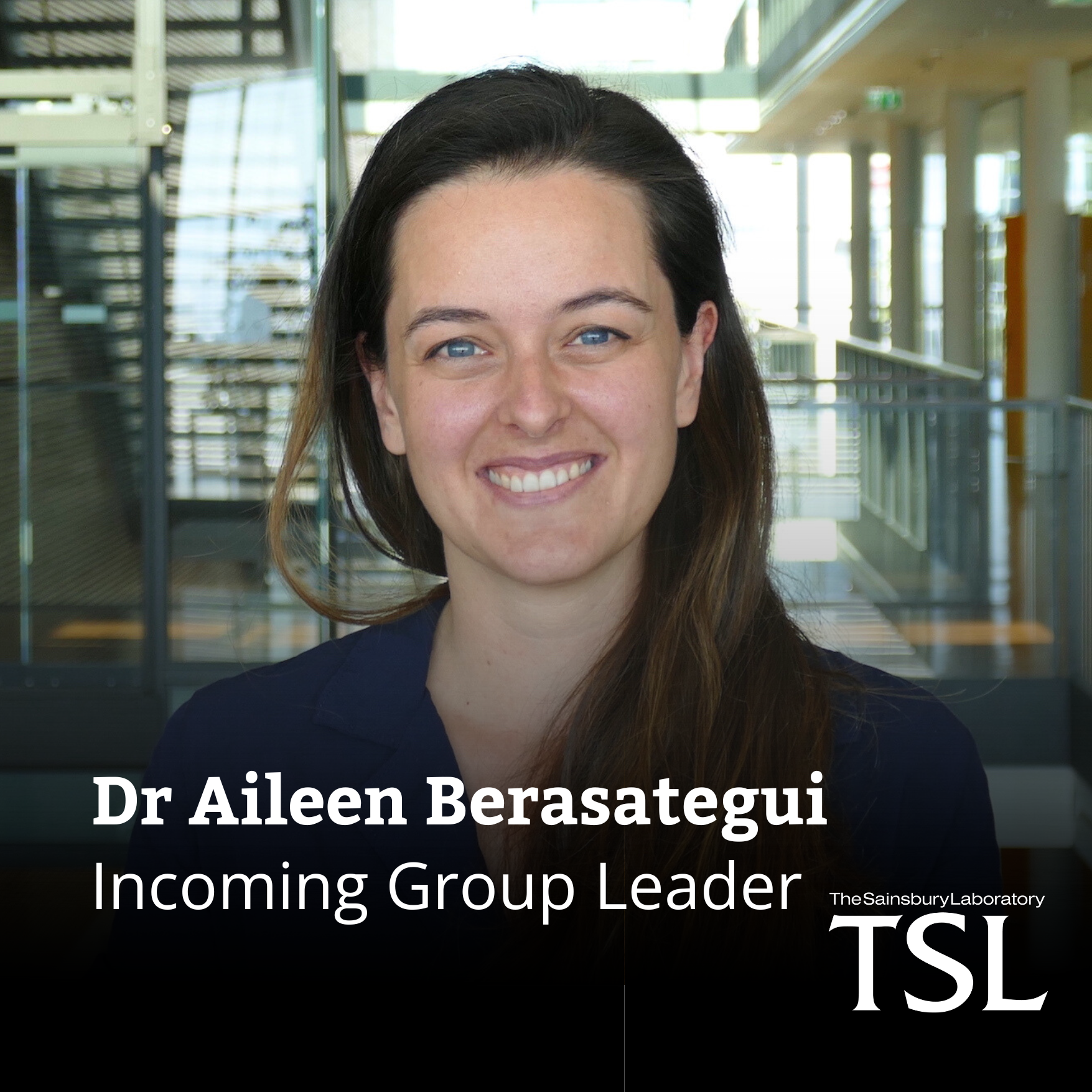Wild potatoes have a novel way of resisting late blight disease
Researchers from Wageningen, Tübingen and Norwich have shed new light on the evolutionary mechanisms that equip wild potato with disease resistance against the notorious late blight pathogen (Phytophthora infestans). Globally, huge quantities of crop protection agents are sprayed to control potato late blight. To make potato farming more sustainable and less reliant on sprays, we need crops that are inherently resistant to such diseases. Researchers of Wageningen University & Research together with their colleagues from Tübingen and Sophien Kamoun's lab at The Sainsbury Laboratory have taken an important step in helping to achieve this goal. |

Rotting potato tuber following late blight infection. Credit: I.Sáček, senior, CC0, via Wikimedia Commons
“There is a continuous ‘arms race’ between the potato plant and Phytophthora,” says Vivianne Vleeshouwers, a plant scientist at Wageningen University & Research.
The plant fiercely defends itself when it is able to detect an invasion of this notorious fungus-like pathogen (known as an oomycete). Detection immediately triggers a number of defence responses, such as making part of a leaf die off in a controlled manner to stop the spread of the disease. However, Phytophthora, like many notorious crop pathogens, is able to repeatedly bypass detection by means of mutating.
Recognising the disease
To defend itself the first thing the plant has to do is detect the pathogen. “The plant has receptors for this, a kind of antennas. These bind tiny pieces of Phytophthora protein, which is the signal that something is wrong. This is when the defense responses kick in. So it is very important that the plant can actually detect the disease and has the right receptors in place to activate its defences", says Vleeshouwers.
These receptors are located either inside or on the surface of the cell. Receptors inside the cell are encoded by specific R genes (R stands for resistance), and potato breeders take advantage of these. They develop resistant varieties by selecting for these R genes. However, the problem is that the pathogen manages to break through that resistance, time and again.
“Much less is known about the receptors on the outside, on the cell surface, the Pattern Recognition Receptors (PRRs). These receptors drive more general immune responses,” Vleeshouwers says. Plant breeders are currently focusing their attention on R genes, but there is still a gap to be filled in the fundamental understanding of PRRs before the potential applications and benefits of less specific defensive responses can be explored in breeding robust disease resistance.
To this end, Wageningen University & Research is cooperating with the University of Tübingen (Germany) and The Sainsbury Laboratory in Norwich (UK) to study the evolution and diversification of PRRs in potato.

Microscopy of the late blight pathogen, Phytophthora infestans, on a leaf. Credit: Sebastian Schornack, Sainsbury Laboratory Cambridge University
PERU
Vleeshouwers explains, “We have been studying a specific type of PRR receptor called PERU. It binds a special piece of Phytophthora protein, Pep-13, which triggers the potato plant to recognise the disease. It was generally assumed that PRR receptors hardly change over time (a well-known example is the very stable receptor that recognises bacteria flagella). But we found that PERU actually exhibits dynamic evolution, and changes much faster than the more well-known PRR receptors. This is a totally new insight.”
According to co-research leader Thorsten Nürnberger of the Centre for Plant Molecular Biology (ZMBP) at the University of Tübingen, the research results show that the evolution of immune receptors on the cell surface of plants is much more complex than we previously thought.
"There is not just one version of this receptor, but several variants that can recognise different binding molecules. This is a completely new finding."

Functional diversification within the PERU receptor family of Solanum. Image from Yerisf C. Torres Ascurra et al.,Functional diversification of a wild potato immune receptor at its center of origin.Science381,891-897(2023).DOI:10.1126/science.adg5261
Looking back in time
"Several wild potato species have variations of PERU. We have those plants in our collection and we can look back in time, as it were, to find out how they evolved”, says Vleeshouwers. “Once you understand their evolution, you can look for ways to translate that into applications. By selecting for the right receptors, you can increase the plant’s resistance to the disease.”
By looking back in time, the researchers were able to trace the origins of the plant’s evolution: the Andes. The receptor is called PERU, which stands for Pep-13 Receptor Unit, but it also refers to the country of origin. Even better, the lead author of the Science article, PhD student Yerisf Torres Ascurra, is from Peru.

The origin of PERU can be traced back to to wild potato accessions in the Central Andes and it was found to exhibit dynamic evolution, changing much faster than the more well-known PRR receptors. Images from from Yerisf C. Torres Ascurra et al.,Functional diversification of a wild potato immune receptor at its center of origin.Science381,891-897(2023).DOI:10.1126/science.adg5261
Sustainable cultivation
This insight into this type of receptors (with more to follow) paves the way for the sustainable potato of the future. This sustainable crop could have R genes encoding for specific receptors within the cells, plus enhanced general defensive responses using PRRs on the cell surface.
“Before today, breeders focused on R genes. However, the resistance they offer is constantly being thwarted. By studying how wild potato species survive in an environment where they are constantly assailed by diseases, we can discover what mechanisms they use, and then introduce these mechanisms in our own potato varieties,” Vleeshouwers concludes.
Proud to present our new paper! We have isolated a #potato surface receptor PERU that senses Pep-13, a well characterized immunogenic pattern from transglutaminases from multiple #Phytophthora specieshttps://t.co/WglWJbGbpX (1/11)
— VivianneVleeshouwers (@VivianneTwit) August 25, 2023
Unreal work from multiple amazing teams 👏🏻 It was a brilliant and unprecedented collaboration! Kudos to all involved! Especially @Yerisf_TA @LishaZhang2 @VivianneTwit @ThorstenNrnber1 @KamounLab
— AmirAli Toghani (@amiralito_) August 25, 2023
This article is based on a press release distributed by Wageningen University & Research. For more information, please contact Laurens Tijink, press officer Plant Sciences Group WUR (laurens.tijink@wur.nl, 0031-648375487)


